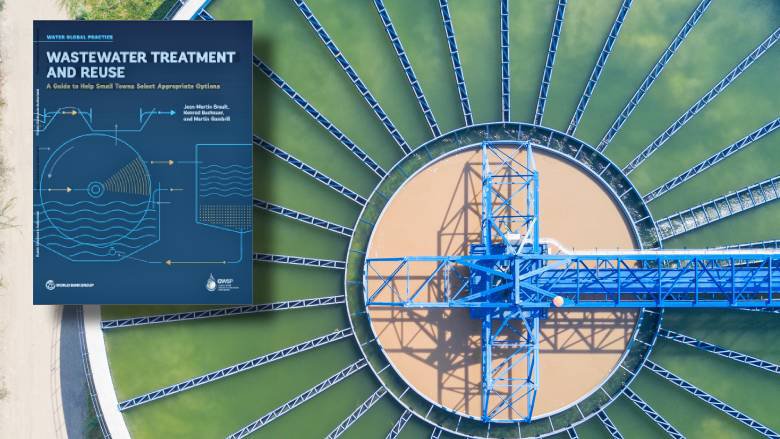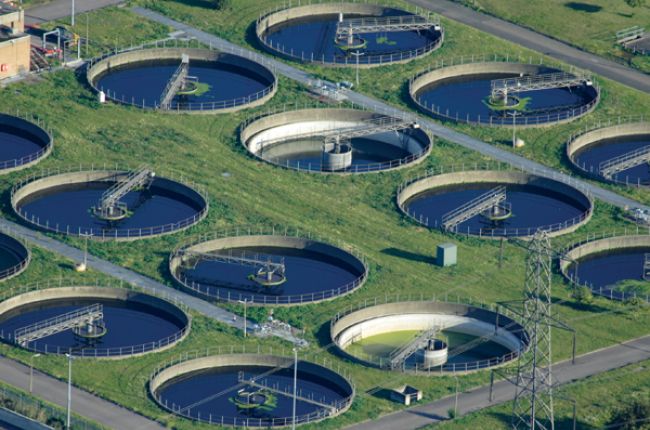Strategic Approaches to Boost Drainage Treatment Performance and Minimize Ecological Effect
In the world of waste water therapy, the pursuit for boosted performance and decreased ecological influence is a perpetual difficulty that requires strategic options. As society grapples with the crucial to manage water sources sustainably, a nuanced approach ends up being vital. The combination of advanced therapy technologies, energy-efficient procedures, resource recuperation techniques, improved nutrient removal methods, and smart monitoring and control systems stands for a complex framework for dealing with these pressing problems. However, what lies at the core of this facility web of strategies is the possible to reinvent the means we come close to drainage therapy, not simply as a procedure of disposal, however as a useful chance for innovation and environmental stewardship.
Advanced Therapy Technologies
Advanced membrane filtration systems have reinvented advanced wastewater therapy processes, considerably boosting the removal of impurities. This technology has proven to be highly reliable in removing a broad variety of impurities, consisting of pharmaceuticals, heavy steels, and organic compounds, which are often challenging to get rid of through standard therapy techniques.
Additionally, membrane filtering systems provide various advantages over standard therapy approaches. Additionally, these systems are very flexible and can be conveniently incorporated right into existing therapy plants or used as standalone units for decentralized applications.
Energy-Efficient Procedures
The assimilation of energy-efficient procedures in wastewater therapy systems is essential for optimizing resource use and minimizing functional prices. By carrying out energy-efficient innovations, treatment plants can substantially lower their carbon footprint and total ecological influence. One key strategy to boosting energy performance in wastewater therapy is the use of innovative oygenation systems, such as fine bubble diffusers or surface aerators, which can improve oxygen transfer effectiveness and lower energy intake. Furthermore, integrating energy recovery systems, like anaerobic food digestion for biogas production or utilizing excess warmth for thermal procedures, can aid offset power requirements and advertise sustainability.
Furthermore, optimizing process control and automation with making use of innovative sensors and keeping an eye on systems can boost general energy effectiveness by readjusting procedures in real-time based on real demand and conditions. Carrying out power audits and frequently keeping track of energy performance indicators are crucial methods to identify areas for improvement and track energy-saving initiatives successfully. On the whole, the fostering of energy-efficient procedures in wastewater therapy not just profits the environment however additionally adds to long-lasting expense financial savings and operational sustainability.
Source Recuperation Strategies
With an emphasis on maximizing source usage and sustainability in wastewater therapy systems, the application of source recuperation approaches arises as an essential facet in enhancing functional performance. Source recuperation strategies in wastewater therapy include the identification and extraction find here of valuable resources from the waste stream, therefore turning what was as soon as considered waste into a useful asset. By applying resource recuperation strategies such as nutrient removal and recuperation, energy generation from natural issue, and the manufacturing of multiple-use water, wastewater therapy plants can reduce environmental effect while making the most of performance.

Improved Nutrient Elimination Methods
Applying sophisticated nutrient elimination techniques is essential for optimizing the efficiency of wastewater therapy systems. Enhanced nutrient removal plays an essential function in lessening the environmental influence of treated effluent released into water bodies. One of the key methods used for improved nutrient elimination is the procedure of biological nutrient elimination (BNR), which entails the removal of nitrogen and phosphorus with click for more info organic processes. This can be accomplished with making use of specialized microbes that can transform nitrogen substances right into inert nitrogen gas with denitrification, and collect phosphorus within their cells through a process called improved organic phosphorus elimination (EBPR)

In addition to BNR, progressed treatment methods such as membrane bioreactors (MBRs) and constructed marshes can also be used to improve nutrient removal effectiveness. By incorporating these sophisticated nutrient elimination methods right into wastewater therapy systems, municipalities and sectors can successfully minimize nutrient contamination and shield the environment.
Smart Tracking and Control Solution
Using advanced technology, the combination of wise monitoring and control systems changes the operational performance of wastewater treatment centers. These systems include innovative sensing units and information analytics to constantly monitor key parameters such as pH levels, turbidity, liquified oxygen, and circulation prices in real-time. By accumulating and examining this data, operators can obtain valuable insights into the efficiency of the treatment processes, making it possible for aggressive modifications to optimize therapy efficiency.
Smart monitoring and control systems also support remote tracking abilities, permitting drivers to accessibility real-time information and control functions from off-site locations. This remote access improves functional flexibility and responsiveness, making it possible for speedy treatments in instance of system malfunctions or variations in influent quality. Furthermore, the predictive maintenance abilities of these systems aid avoid tools failures and minimize downtime, eventually boosting the overall dependability of wastewater therapy procedures (Waste Water Treatment).
Verdict
In verdict, critical strategies such as advanced treatment modern why not try these out technologies, energy-efficient processes, resource healing approaches, enhanced nutrient removal techniques, and wise tracking and control systems play a vital duty in boosting wastewater therapy performance and decreasing environmental impact. By executing these methods, wastewater therapy plants can boost their general efficiency, lower power consumption, recover useful sources, and make sure compliance with ecological policies. These techniques are crucial for effective and sustainable wastewater administration practices.

In conclusion, calculated approaches such as sophisticated treatment modern technologies, energy-efficient processes, source recovery methods, enhanced nutrient removal methods, and smart surveillance and control systems play a critical function in boosting wastewater treatment effectiveness and decreasing environmental influence.